DNO - On June 6, according to information from the Department of Agriculture and Rural Development, based on reports from localities and units, there are currently 142.15 hectares of summer-autumn rice affected by salinity at pumping stations. In particular, many areas have a rice plant death rate of 30-70%.
Video: HOANG HIEP
According to records, over the past 2 weeks, Yen River downstream of An Trach dam and Tuy Loan River have been heavily contaminated with salt due to salt intrusion deep from Cam Le River.
Some water pumping stations along Yen River such as Thach Bo, Cam Toai Dong... are heavily affected by salinity. In particular, Tuy Loan pumping station exploiting water from Tuy Loan River upstream of Giang Bridge is also affected by salinity and has had to stop pumping for the past week.
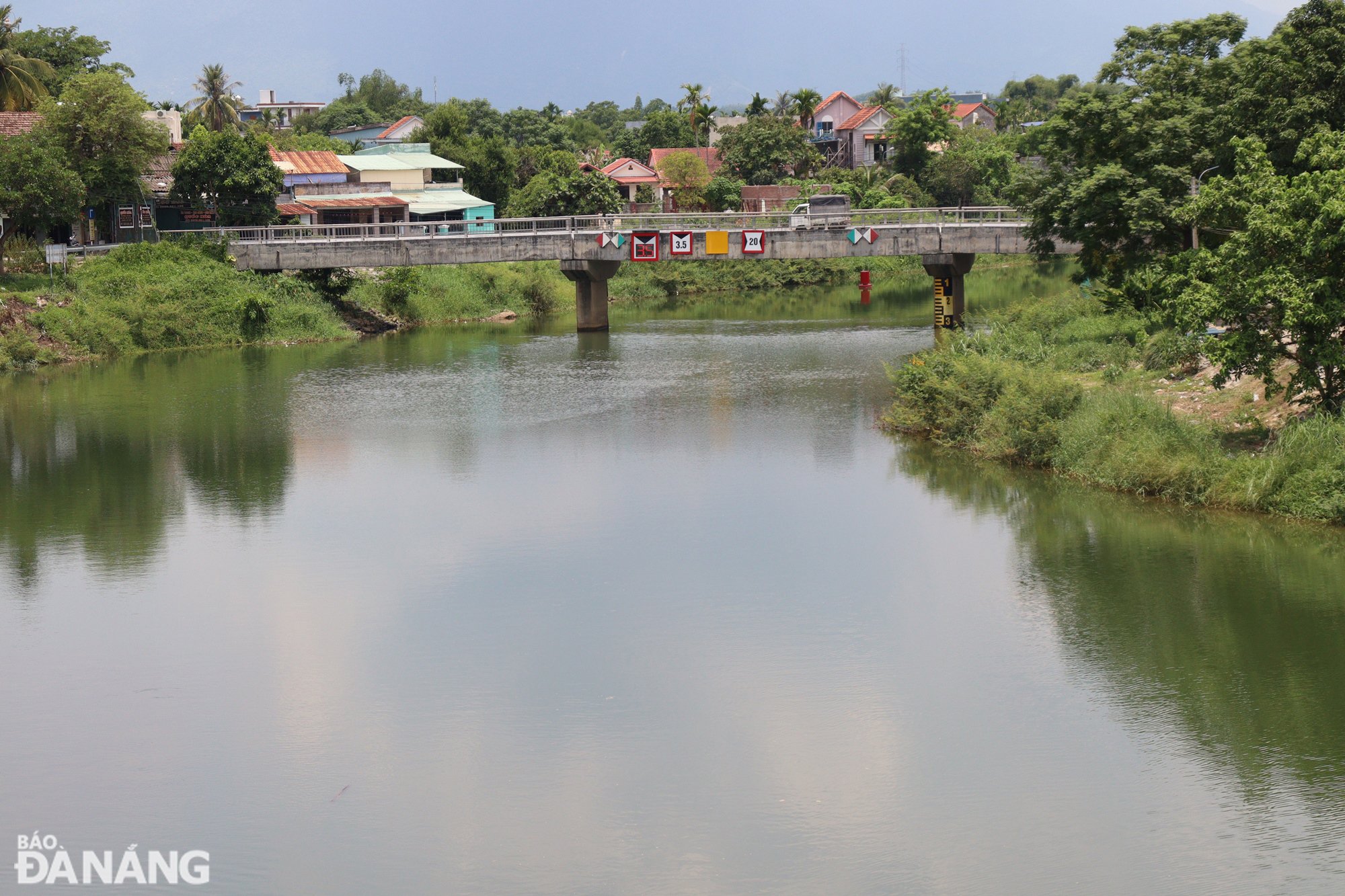 |
| Saltwater has penetrated deep into Tuy Loan River. Photo: HOANG HIEP |
According to statistics from the Department of Agriculture and Rural Development, since May 21, 2024, many summer-autumn rice areas have suffered from leaf tip burn, root rot, and shoot rot due to hot weather combined with heavily saline and acidic irrigation water.
Some rice areas died and had to be replanted, some areas are being affected in growth and development.
Units and localities have actively coordinated with farmers to deploy many solutions to overcome the above situation, such as measuring salinity and mobilizing pumps to exploit low-salinity water on the river surface; pumping water from lakes, canals, drainage ditches, etc.
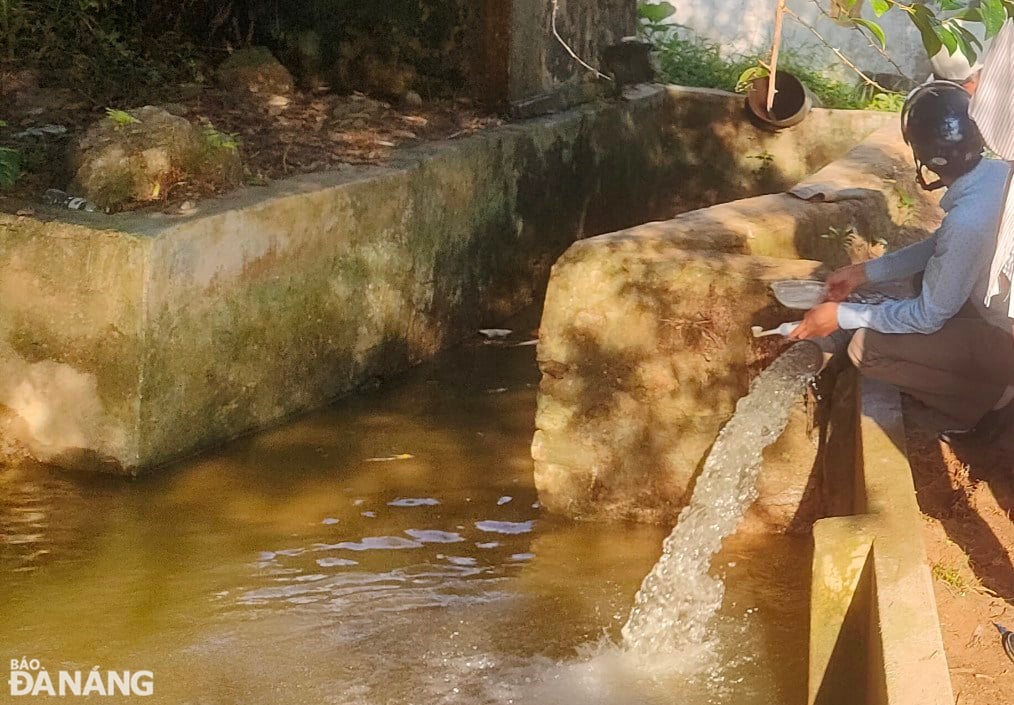 |
| Despite continuously measuring salinity and installing other pumps to exploit less salty water on the river surface, the amount of water that can be pumped is very limited due to salinity. Photo: HOANG HIEP |
However, at present, many summer-autumn rice areas are still affected, some areas have a high rate of rice death.
Specifically, in Hoa Phong commune, there are currently 14.1 hectares of rice affected by salinity (Cam Toai Dong village has 11.1 hectares, Thach Bo village has 3 hectares). Of which, 9.6 hectares have a rice death rate of 30-70%, 4.5 hectares have a rice death rate of less than 30% (3 hectares in Cam Toai Dong continue to be monitored, lacking irrigation water; 1.5 hectares in Thach Bo village are recovering).
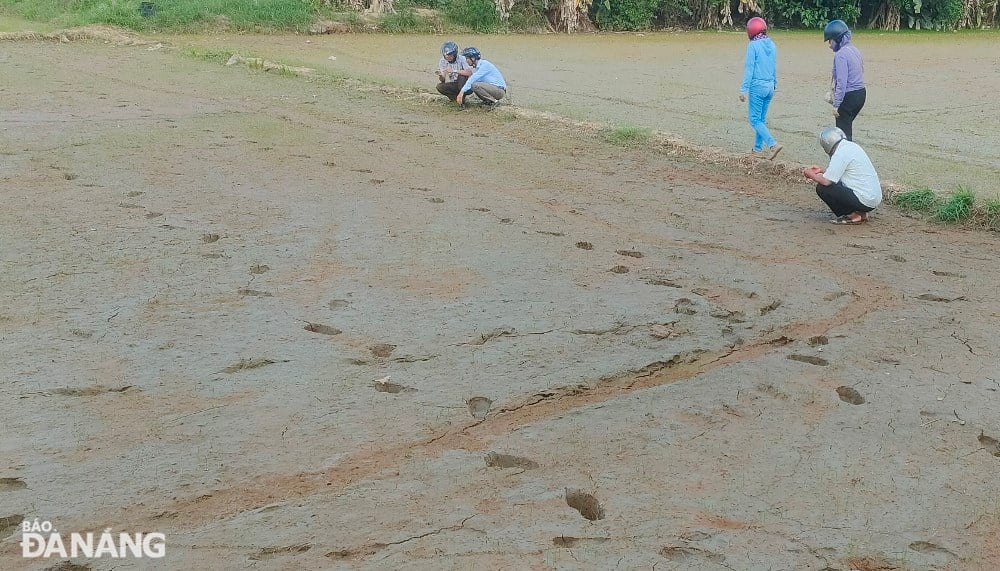 |
| Many summer-autumn rice fields in Hoa Phong commune (Hoa Vang district) are affected because the irrigation water source is contaminated with salt. Photo: HOANG HIEP |
Hoa Tien commune has 20.75 hectares of rice affected by salinity. Of which, 10 hectares of rice have been re-sown (La Bong village has 1.5 hectares, Duong Son 7.5 hectares, Yen Ne 1 hectare), the rice plants are growing stably thanks to irrigation from Yen Ne pumping station; 10.75 hectares are being cared for and pruned. However, currently, the fields in Cam Ne village are dry, lacking water, the salinity in the fields is measured from 1.04-3.3‰; the fields in Duong Son village have been guaranteed irrigation water, the salinity in the fields is measured from 0.07-1.03‰.
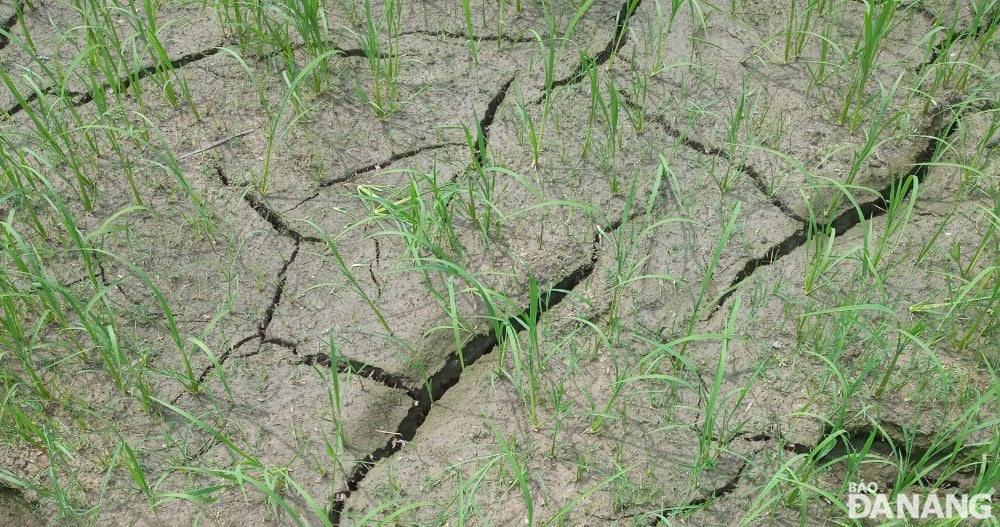 |
| Some rice fields are lacking water due to hot weather and salty irrigation water. Photo: HOANG HIEP |
Hoa Nhon commune has 80 hectares of rice affected by salinity. Of these, 15.2 hectares cannot be re-sown due to salinity of the water source and the delayed crop schedule (11.5 hectares have a death rate of more than 50% in Hoa Khuong Dong, Hoa Khuong Tay, and Phuoc Thai villages); 3.7 hectares in Gia and Roc Tiet fields have stopped being sown because the irrigation water source has a salinity of 1.6-2.9‰; the remaining 64.8 hectares with a death rate of less than 30% can be remedied, but this area has dried up.
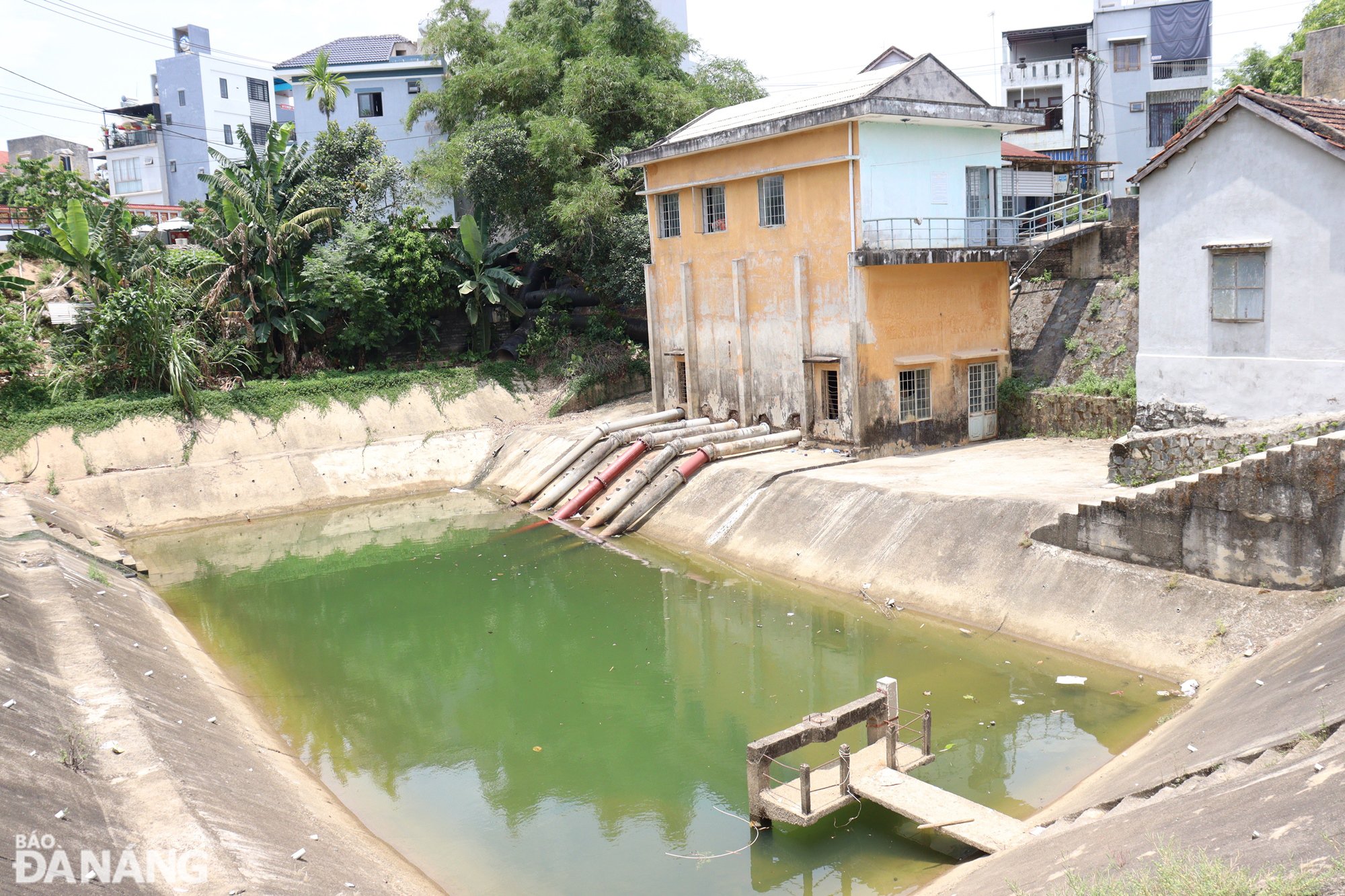 |
| Irrigation water at Tuy Loan pumping station is contaminated with salt, causing many rice fields in Hoa Nhon commune (Hoa Vang district) and Hoa Tho Tay ward (Cam Le district) to lack irrigation water. Photo: HOANG HIEP |
Hoa Tho Tay Ward (Cam Le District) has 27.3 hectares of rice affected with 10-70% of rice plants dying and growing poorly due to saline irrigation water (water in the fields has a salinity of 1.4-3‰) in residential groups 5, 6, 7, 8, and 9. For about 7-10 days now, many areas have lacked water, causing the rice fields to dry out and crack.
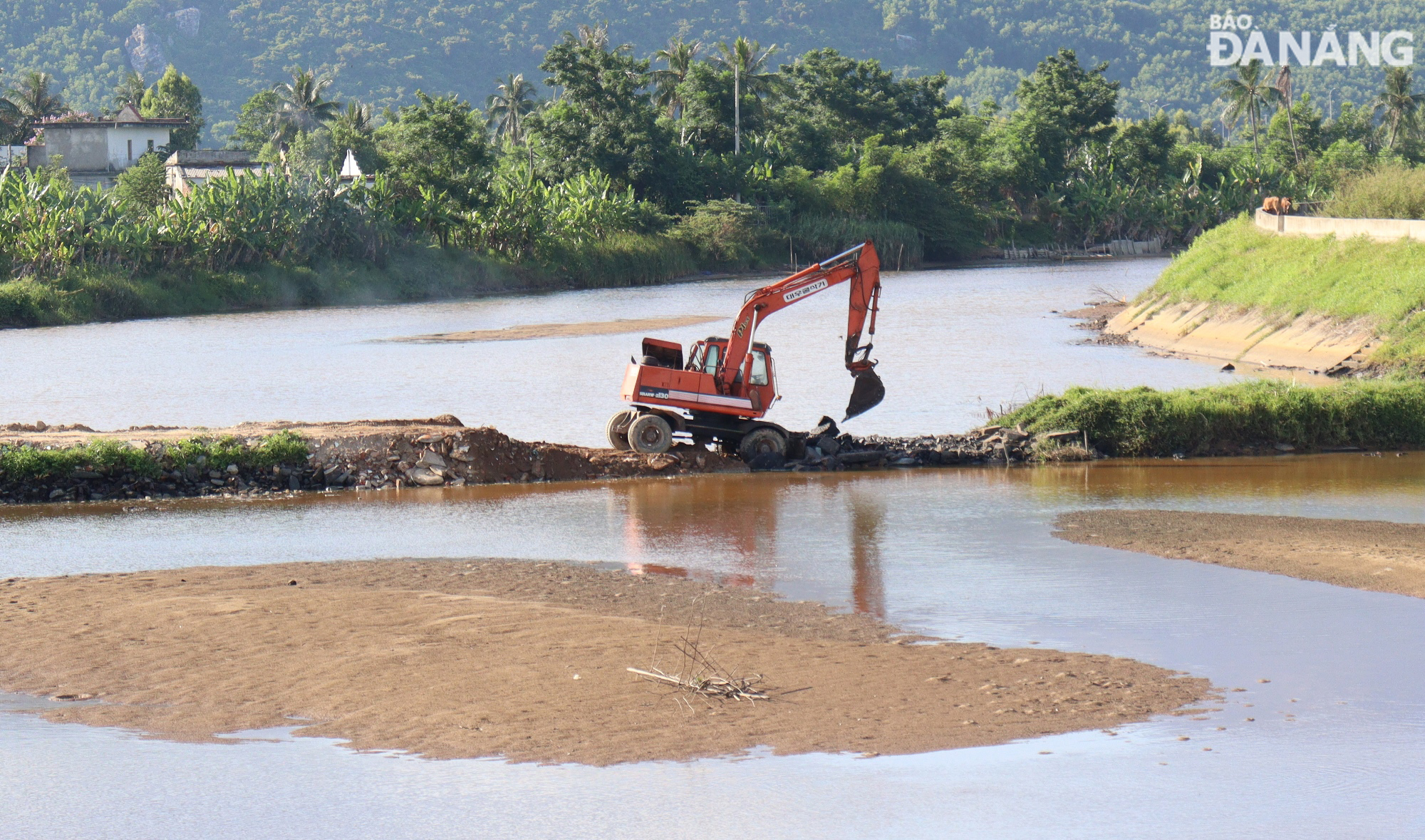 |
| Da Nang Irrigation Exploitation Company Limited mobilized mechanical vehicles to build a dam to prevent salinity and retain fresh water at the end of the Hoa Lien flood drainage canal (Hoa Vang district) to ensure water for summer-autumn rice crop. Photo: HOANG HIEP |
 |
| Units coordinated with farmers to mobilize pumps to "save" rice. Photo: HOANG HIEP |
HOANG HIEP
Source


![[Photo] Prime Minister Pham Minh Chinh works with the Standing Committee of Thai Binh Provincial Party Committee](https://vphoto.vietnam.vn/thumb/1200x675/vietnam/resource/IMAGE/2025/5/12/f514ab990c544e05a446f77bba59c7d1)
![[Photo] Buddha's Birthday 2025: Honoring the message of love, wisdom, and tolerance](https://vphoto.vietnam.vn/thumb/1200x675/vietnam/resource/IMAGE/2025/5/12/8cd2a70beb264374b41fc5d36add6c3d)
![[Photo] Prime Minister Pham Minh Chinh starts construction of vital highway through Thai Binh and Nam Dinh](https://vphoto.vietnam.vn/thumb/1200x675/vietnam/resource/IMAGE/2025/5/12/52d98584ccea4c8dbf7c7f7484433af5)



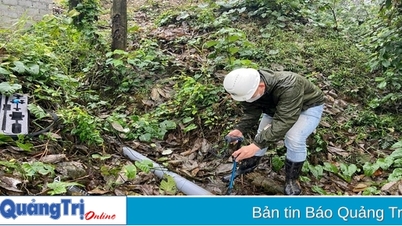
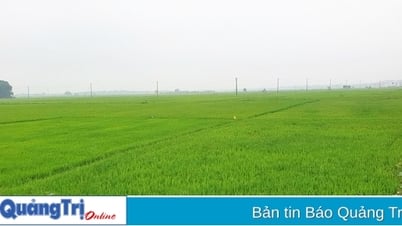




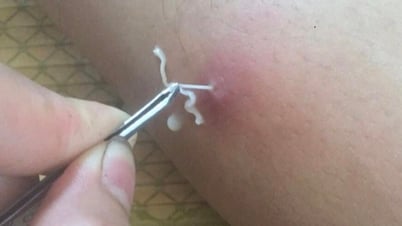



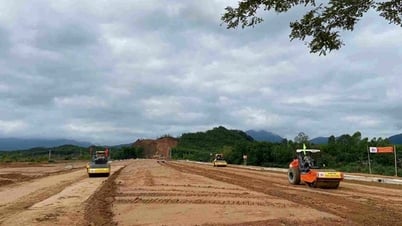

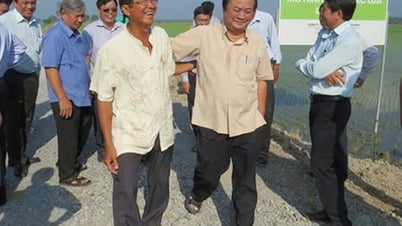





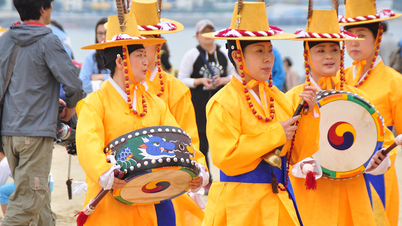
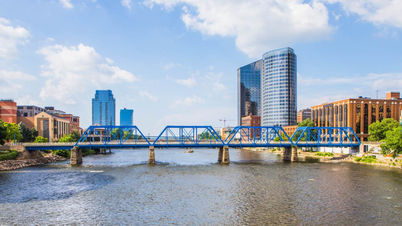













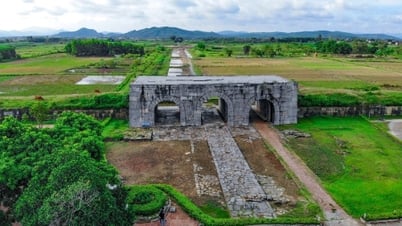










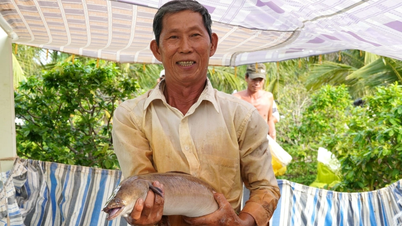






















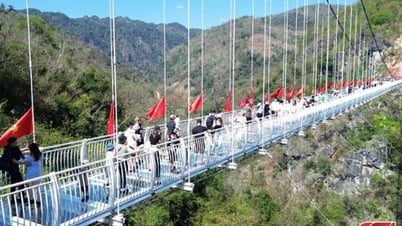

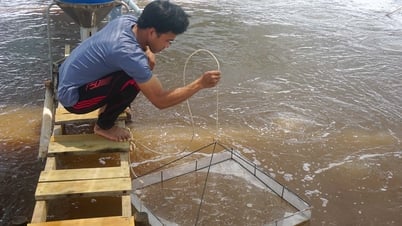



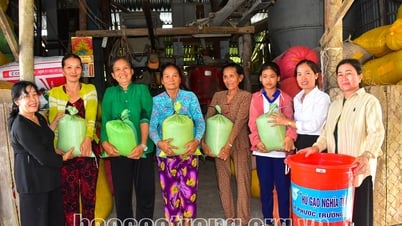


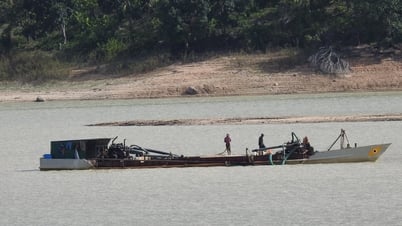










Comment (0)